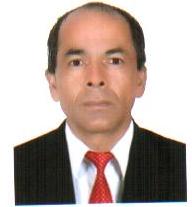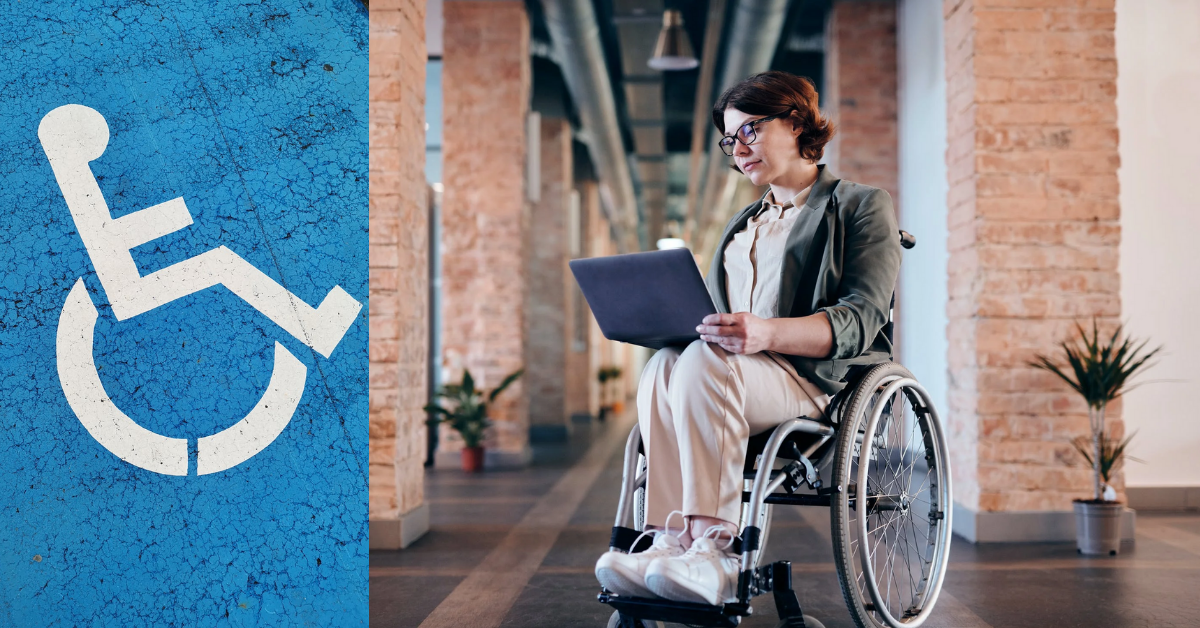Technology has become an indispensable part of the present global community. Daily living can barely be imagined without the need and support of technological innovations.
Be it to overcome life challenges or to compete with the speedy world, technologies play a crucial role. Indeed, access to appropriate technology increases efficiencies and creates adequate opportunities for every individual in society.
Technology is even more required and relevant to people with disabilities for their overall development and empowerment. It opens the door for them to equality and participation in society.
Talking about the importance of technologies, the historical event for people with disabilities is the adoption of The United Nations Convention on the Rights of Persons with Disabilities (UNCRPD). The Convention and its optional protocols were adopted in December 2006 at the UN Headquarters and entered into force on May 3rd, 2008. Nepal signed the Convention on December 13th, 2009.
The Convention, in article-2, has specified the definition of communication, particularly for accessible information and communication technology. Similarly, article 9 mentions the accessibility to new and latest technologies, including affordable Email and the Internet. And article 21, The Convention, ensures freedom of expression and access to information, strongly focuses on the proper use of information and communication technologies for the right and welfare of people with disabilities.
Technologies, no doubt, have become powerful tools for persons with disabilities in maximizing their opportunities, helping them break barriers, enhancing their creativity and productivity, and enabling them to engage with the mainstream of society. Technologies and technological devices can help in different sectors such as communication, mobility, access to information, and performing everyday works for people with disabilities.
The need for technologies and technological devices may vary from one person to another depending upon the kind and nature of their disability. For example, a blind person needs talking technology, while a person having problems in using fingers or losing both hands may require voice-to-print technologies. A visually-impaired person can use text-reading software to ensure access to the opportunities of learning and staying informed, and even doing a regular job that requires reading.
Using the various text-reading software like Jaws, NVDA, Thunder, Supernova, speak synthesizer, and narrator, any blind or visually-impaired person can listen and work through all the icons appearing on the computer screen. Similarly, low vision or partially sighted person can read larger fonts and can use magic software to increase the size of the object appearing on the computer screen.
I want to remember late Him Prashad Gautam, a Nepali computer engineer with low eye-sight. Gautam had developed Nepali screen reading software named ‘Dristibachak.’ Nepalese blind or visually-impaired computer users can access Nepali font with the help of this software technology.
Another technological device for the visually-impaired persons is a refreshable Braille Display, an excellent alternative to text-reading software. Then the electronic device called Braille Memo has some facilities to record and display the recorded text in Braille printing.
Another computer software technology called the ‘Natural Reader’ can also read and record the scanned pages of the book in the natural human voice. It has brought significant advantages specifically for visually-impaired students.
The use of mobile phone technology is also growing faster in the modern world. It has indeed been an inevitable part of everyone’s daily life. Different talking software like ‘Talk’ or ‘Mobile Speak’ can be installed to make all the commands of the Mobile Speak. Most of the Nokia series have a voice operating feature that facilitates dialing the phone with the help of a human voice. The change in display color and vibration helps users with hearing disabilities find calls and SMS in mobile phone technology.
However, many new and latest communication and information technologies are still the ‘outreached’ for most of the world’s disabled community, particularly in developing countries like Nepal. And in the absence of adaptive or assistive technological tools, they have traditionally been deprived of education, health, and employment opportunities. This bitter reality has rendered them unable to function on an equal footing with their regular counterparts in society.
Hence, technologies always don’t need to be heavy or complex. A simply designed device or mechanical instrument can be a practical or supportive technology. For example, White Cane has been a simple technological device that enables a person with a visual disability for free and independent movement to their destination.
Technology plays a vital role in giving impetus to the motionless and enhancing morale and motivation to lead life independently of the people with disabilities. Proper use of technologies not only increases one’s efficiency to perform their daily and professional assignment but can also ensure persons with disabilities for their active participation in society and the nation-building process.
Therefore, it is equally essential that the government, civil society, donors, the NGOs-INGOs, media, and the general people join hands to remove the barriers that people with disabilities have been facing over the years. Technologically empowering process necessitates a combined effort of concerned stakeholders.
In this respect, the constructive and facilitating role of the Ministry of Education, Science and Technology, and other social entrepreneurs will be vital in coordinating efforts between different stakeholders to develop various appropriate and improvised technologies to ensure complete and active participation of people with disabilities in the society.

The writer is the president of Kathmandu based Guardian Association of Blind-Nepal.

